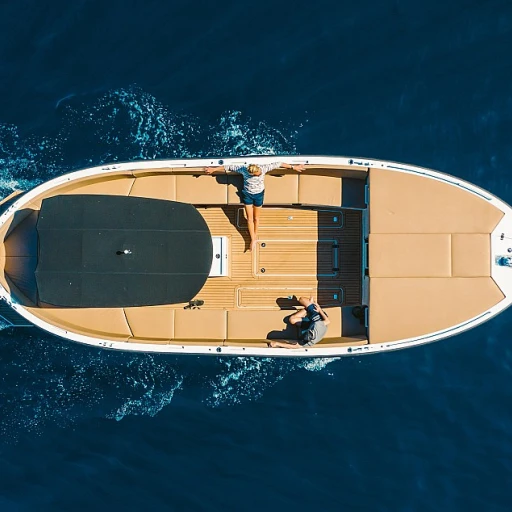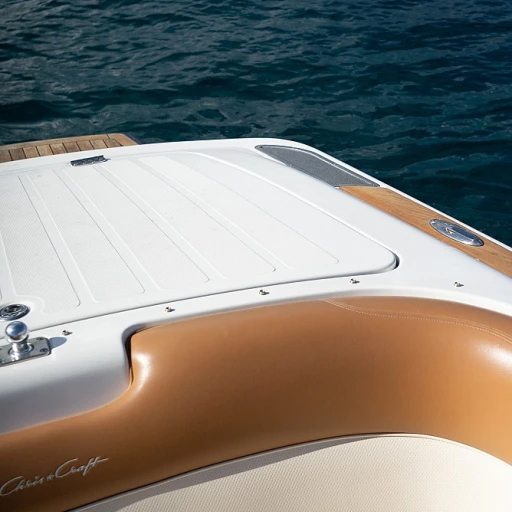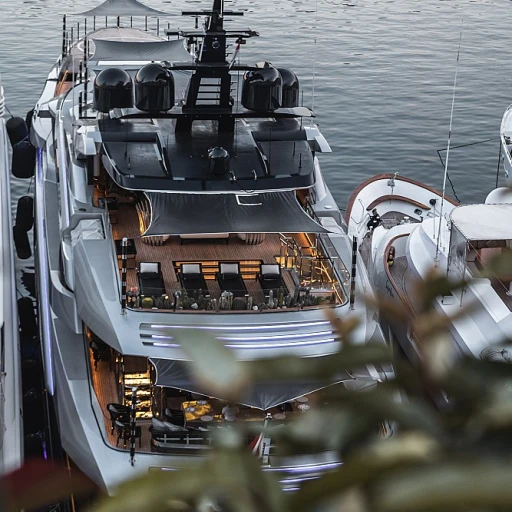-large-teaser.webp)
The Rich History of Model Sailing Boats
The Evolution of a Timeless Craft
Delving into the art of crafting model sailing boats unveils a rich tapestry of history that mirrors the development of full-scale yachts. These miniature masterpieces often encapsulate the essence of sailing, echoing stories told by the great ships they replicate. From the early fascination with nautical exploration to the present-day allure of model kits and decor items, model ships have long been cherished by enthusiasts and collectors alike.
The roots of model yachting trace back to when maritime nations first took pride in producing stunning replicas of their seafaring vessels. What started as a practice of shipbuilders to conceptualize and refine designs quickly turned into a beloved hobby for many. With the advent of events like the America’s Cup, the demand for detailed yacht models surged, allowing individuals to own a piece of maritime history at a fraction of the cost of a full-sized yacht.
Early model ship crafting required intricate techniques, often involving the use of wood and other natural materials to mimic the authentic look and feel of sailing boats. Craftsmen of that era prided themselves in creating comprehensive class yacht models that not only looked the part but also functioned on the water. These model sailing boats, often no more than several inches in length, boasted sails and rigging that mirrored their larger counterparts.
As time marched on, advancements in model making introduced a variety of techniques that made the hobby more accessible. Modern enthusiasts can add cart options to purchase a model kit or finished boat model that suits their preferences. This democratization of the craft means that owning a beautifully detailed model sailboat is now within reach for many, offering the visual splendor of high seas adventures as part of home decor.
Echoing the challenges faced by those involved in the larger yacht industry, model sailing boats have encountered their own set of hurdles. Yet, the passion behind creating and collecting these miniature navies remains steadfast. Whether displayed on a mantel or raced in a local pond, model sailboats continue to celebrate the enduring allure of the open sea.
Craftsmanship and Techniques in Model Sailing
The Intricacies of Crafting Model Sailing Boats
Crafting model sailing boats is an art that intertwines skill, precision, and passion. The meticulous process of building these miniatures is steeped in traditions passed down through generations, mirroring the historical essence of full-size ships and yachts. Model artisans often begin their journey by selecting the right materials. Wooden models are particularly prized for their authenticity and durability. These miniature vessels, ranging from yacht models to sailing boats, replicate legendary ships and racing sailboats like those in the America Cup. The art of crafting a model sailboat is as much about the journey as it is about the final product. Craftsmen invest hours in understanding the nauticals of their chosen model, carefully shaping the hull and rigging to scale. Some models are as small as a few inches, while others are large enough to make a striking decor statement on nautical-themed interiors. A key aspect of this craftsmanship is the attention to detail. Sailboat models often include intricate features such as tiny sails, precision-molded half hulls, and detailed decks that captivate enthusiasts and collectors alike. Model ships are not merely decorative objects; they represent the peak of skill and accuracy. Beyond personal satisfaction, these creations sometimes even serve as highly valued pieces within collections. It's no wonder why enthusiasts will often explore model kit options, immersing themselves in the craft and sometimes even participating in model yachting. Crafting model ships and boats can equally be about community and shared interest as much as it is about individual pursuit. Whether adding a boat to a collection or experiencing the thrill of a class yacht model coming to life, every creation is a testament to the dedication and passion that fuels model yachting. Selecting the right model kit or wooden model for your next project can be daunting given the variety in style and price. Yet, whether you're opting for a vintage model ship or a modern race replica, the choice often lies in the preferences of the individual hobbyist. The crafting and collection of these stunning models continue to be a vibrant niche hobby, celebrated by nautical enthusiasts who appreciate the rich history and meticulous craftsmanship involved. From hobbyists adding to their cart for sale purchases to showcases of extraordinary models, the passion within the sphere of model sailing boats is as deep as ever.The Passion Behind the Hobby
The Driving Force of Enthusiasts and Collectors
Delving into the world of model sailing boats unveils a commitment rooted in a genuine passion for maritime heritage. Enthusiasts and collectors are not merely assembling parts—they are preserving the artistry and tales of the seas. Every class of yacht model, from America’s Cup replicas to half hull creations, becomes a story waiting to be explored.
For many, the allure begins with an appreciation for nautical decor. Installing a beautifully crafted yacht model in a living room isn’t just about aesthetics; it brings home the spirit of sailing. Such models become a personal narrative of the sea's adventures, serving as reminders of the boats and ships that once reigned supreme on the waters.
Whether it's building a wooden model ship from a detailed model kit or displaying sailboat models, each represents different facets of sailing's illustrious history. Tippecanoe boats and other notable ship models are not just collectibles—they are anchors to the sailing legacy, connecting past to present.
Ongoing Challenges and Celebrations
The pursuit of perfection in model ship crafting is met with its set of challenges. Enthusiasts often face hurdles such as sourcing quality materials, which can affect price and availability. Yet, for these dedicated individuals, overcoming these hurdles adds value, justifying their investments, whether through an "add cart" journey or a rare cart sale find.
Model yachting itself is a testament to human dedication, echoing the trials faced by full-scale sailing boats and sailboats in their heyday. The sense of achievement when completing a ship model is unparalleled—it's a celebration of both personal triumph and homage to the majestic sea vessels.













